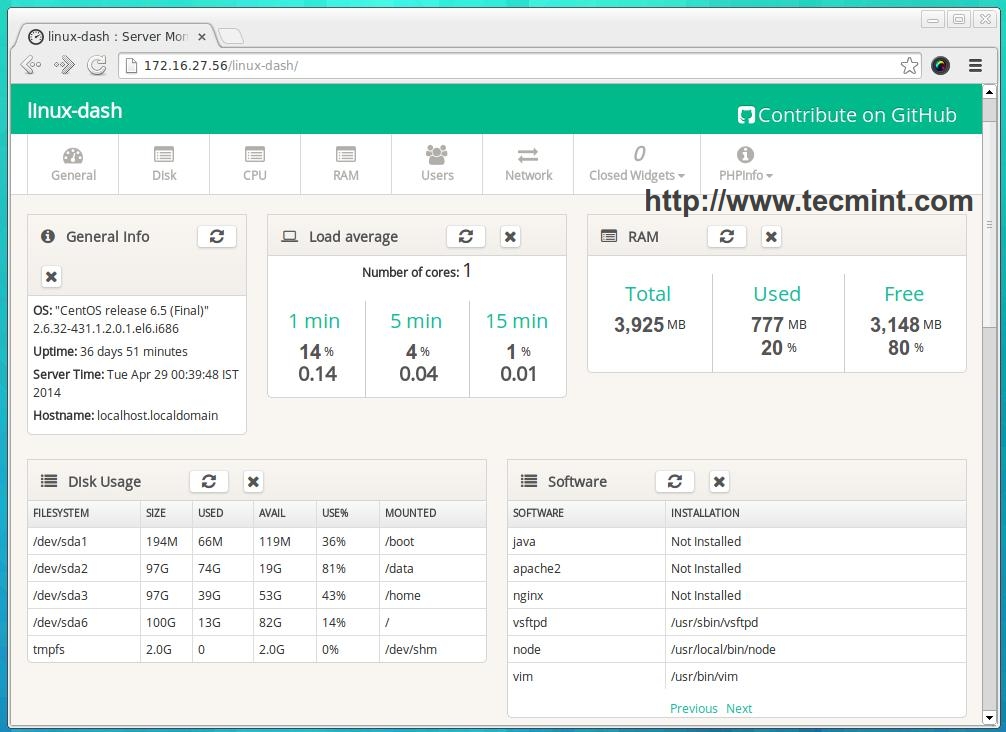As an expert in SEO and copywriting, we understand the importance of producing high-quality content that can outrank other websites in search engines like Google. That’s why we have written this article to help you improve your website’s rankings and outperform your competitors.
Monitoring Linux Server Performance is a crucial task for any system administrator. In this article, we’ll discuss the best practices for monitoring Linux server performance and the tools that can help you achieve that.

Introduction
Linux is one of the most widely used operating systems in the world, thanks to its stability, flexibility, and open-source nature. However, managing a Linux server can be a challenging task, especially when it comes to monitoring performance.
Why Monitor Linux Server Performance?
Monitoring Linux server performance is essential to ensure that your server is running efficiently and that you can identify and fix any issues before they become major problems. By monitoring server performance, you can identify bottlenecks, troubleshoot problems, and optimize your server for better performance.
Best Practices for Monitoring Linux Server Performance
Here are some best practices for monitoring Linux server performance:
1. Use a Monitoring Tool
There are several monitoring tools available for Linux servers, including Nagios, Zabbix, and Prometheus. These tools provide real-time monitoring of system resources, including CPU usage, memory usage, disk usage, and network usage.
2. Set Up Alerts
Setting up alerts is essential to ensure that you get notified when an issue arises. You can configure alerts for various metrics, such as CPU usage, disk usage, and memory usage. When an alert is triggered, you can take immediate action to resolve the issue.
3. Monitor Application Performance
In addition to monitoring system resources, it’s also important to monitor application performance. You can use tools like New Relic and AppDynamics to monitor application performance, identify bottlenecks, and optimize performance.
4. Monitor Network Performance
Network performance is critical for any server. You can use tools like Wireshark and TCPdump to monitor network traffic, identify network bottlenecks, and optimize network performance.
5. Regularly Review Logs
Reviewing logs regularly is essential to identify potential issues and troubleshoot problems. You can use tools like Logwatch and Logrotate to automate log analysis and management.
Tools for Monitoring Linux Server Performance
Here are some tools that you can use for monitoring Linux server performance:
1. Nagios
Nagios is a popular open-source monitoring tool that can monitor network services, host resources, and system metrics. Nagios is highly customizable and can be extended with plugins to monitor additional services.
2. Zabbix
Zabbix is another open-source monitoring tool that can monitor network services, host resources, and system metrics. Zabbix provides real-time monitoring and alerting and can be extended with plugins to monitor additional services.
3. Prometheus
Prometheus is an open-source monitoring and alerting toolkit that can monitor system metrics, application metrics, and service-level metrics. Prometheus provides a powerful query language and can be integrated with Grafana for data visualization.
Some FAQs on Monitor Linux Server Performance
Q: What is Linux server performance monitoring? A: Linux server performance monitoring is the process of tracking and measuring the performance metrics of a Linux server to ensure optimal operation and identify potential issues before they become problems.
Q: Why is it important to monitor Linux server performance? A: Monitoring Linux server performance is important to ensure optimal performance and identify potential issues before they become critical problems that impact users or disrupt operations.
Q: What are some common metrics to monitor when monitoring Linux server performance? A: Common metrics to monitor when monitoring Linux server performance include CPU usage, memory usage, disk space usage, network traffic, and server uptime.
Q: What are some tools that can be used for Linux server performance monitoring? A: There are several tools that can be used for Linux server performance monitoring, including top, htop, vmstat, iostat, sar, and Nagios.
Q: How often should Linux server performance be monitored? A: Linux server performance should be monitored on a regular basis, such as every hour, every day, or every week, depending on the specific needs of the server and the applications running on it.
Q: What are some best practices for Linux server performance monitoring? A: Best practices for Linux server performance monitoring include monitoring performance metrics on a regular basis, setting up alerts for critical issues, identifying and resolving performance bottlenecks, and using automation to streamline monitoring processes.
Q: What are some common performance issues that can be identified through Linux server performance monitoring? A: Common performance issues that can be identified through Linux server performance monitoring include CPU spikes, memory leaks, disk space shortages, network congestion, and application errors.
Q: How can Linux server performance monitoring be used to optimize server performance? A: Linux server performance monitoring can be used to optimize server performance by identifying performance bottlenecks, optimizing system resources, and making changes to applications or configurations to improve overall performance.
Conclusion
In conclusion, monitoring Linux server performance is essential to ensure that your server is running efficiently and that you can identify and fix any issues before they become major problems. By following the best practices outlined in this article and using the right tools, you can ensure that your server is performing at its best and that you can deliver the best possible experience to your users.



